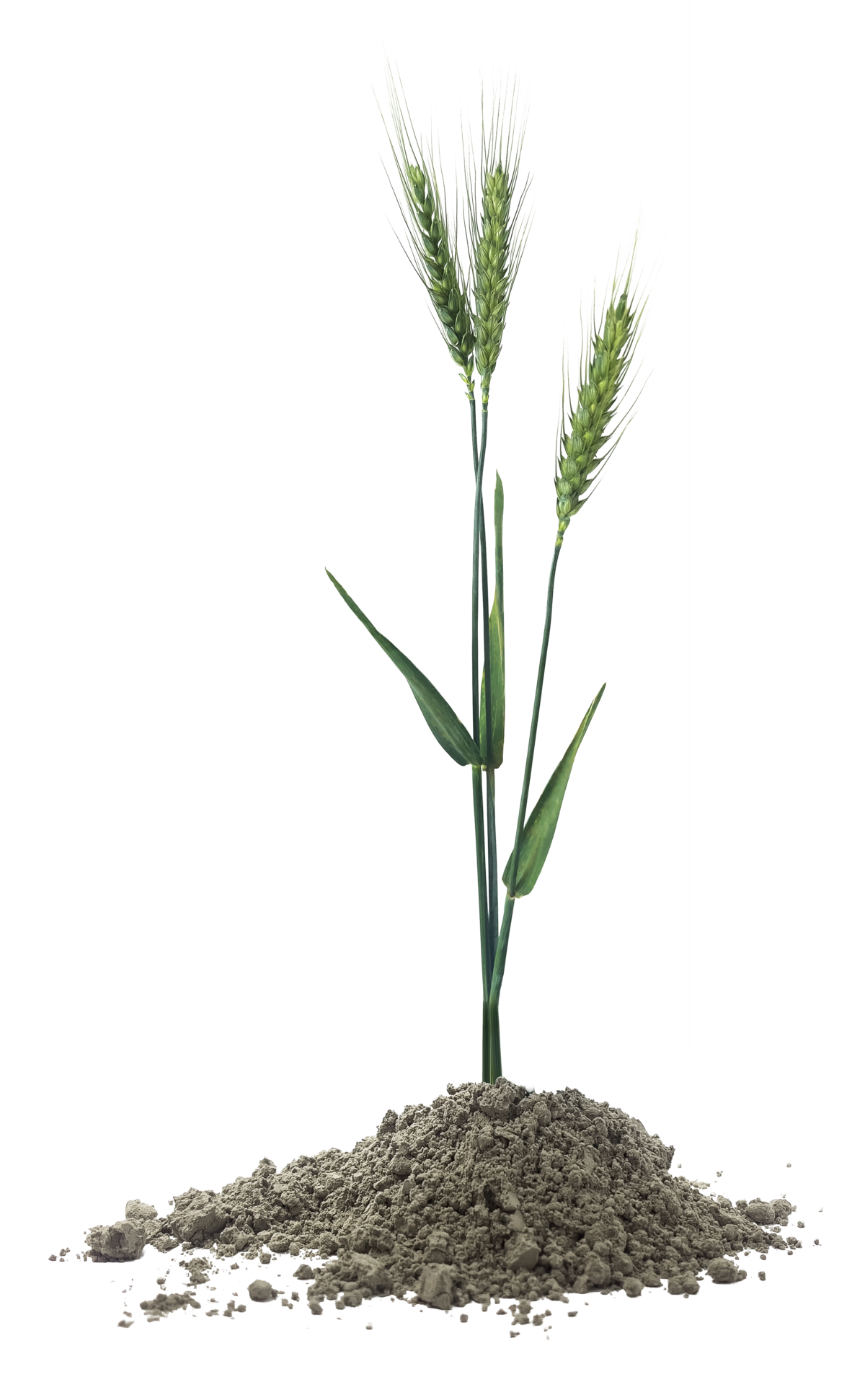Project PHOS4PLANT
„From Waste to Resource – Recycling Sewage Sludge Ash into Phosphate-rich Plant Fertilizer“ (ATCZ00043)
Overall approach
Phosphorus is an essential and non-substitutable resource for ensuring food production. Raw phosphate for the production of phosphorus fertilizers is limited, regionally concentrated and mined under problematic conditions that threaten human health and the environment. Due to its importance for the fertilizer and food industry and its high import dependency, phosphorus has been on the EU’s list of critical raw materials since May 2014, and raw phosphate since 2017.
Given the importance of sewage sludge as a secondary P resource, the question arises how the phosphorus contained in sewage sludge can be used to improve the closing of the P cycle.
The current situation of sewage sludge utilization is different in Austria and the Czech Republic. In the Czech Republic, agricultural utilization is still predominant, while in Austria only about 21 % of the sewage sludge is used for agricultural purposes and the majority is co-incinerated in waste incineration plants or in Vienna all sewage sludge is incinerated in a mono-incineration plant. Throughout Europe, agricultural use is being restricted or banned altogether.
In Austria, sewage sludge from municipal sewage treatment plants with more than 20,000 PE60 must be incinerated by 2033. At least 80 percent by mass of the phosphorus contained in the sewage sludge must be recovered from the resulting incineration ash. In the Czech Republic, a tightening of the law will soon restrict or even prohibit agricultural use, so that the pressure to find alternative uses for sewage sludge is great. Thermal utilization is the main option.
Objectives
The main objective of PHOS4PLANT is to dissolve phosphorus from sewage sludge ash by biological leaching with an efficiency of >85% and to produce a bioavailable phosphate fertilizer. This phosphate fertilizer will then be tested on selected crops to determine its effect on plant growth. In addition, the levels of toxic metals in the soil will be analyzed and the microbial diversity in the soil will be identified.
The following approach was chosen: The research activities were divided into four work packages. In the first work package, various sewage sludges are analyzed for their phosphorus and heavy metal content, the incineration process is optimized, and the sewage sludge ash is pretreated to make it more compatible for microorganisms. In work package 2, biological leaching will be investigated and optimized to dissolve more than 85 % of the phosphorus from the ash. In work package 3, this dissolved phosphorus will then be recovered as phosphate fertilizer using various methods. A comprehensive environmental and economic analysis of the overall process will also be carried out in this work package. Finally, in work package 4, the phosphate fertilizer produced in this way will be tested on model plants and its effect on these plants will be comprehensively analyzed. An innovative aspect is that, for the first time, biological phosphorus leaching is directly combined with phosphate fertilizer production. In addition, for the first time, the ash will be pre-treated to suit the growth conditions of the microorganisms. In addition, not only will a fertilizer be produced, but it will also be tested on model plants to provide information on the effect of the fertilizer on these plants and the soil microbiome.
Downloads
- Newsletter n° 1 | November 2024; (English, PDF) [227 KB]
- Newsletter n° 1 | November 2024; (Tschechisch, PDF) [502 KB]
- Newsletter n° 2 | April 2025; (English, PDF) [465 KB]
- Newsletter n° 2 | April 2025; (Tschechisch, PDF) [530 KB]
- Newsletter n° 3 | October 2025; (English, PDF) [390 KB]
- Newsletter n° 3 | October 2025; (Tschechisch, PDF) [383 KB]

 DE
DE EN
EN
